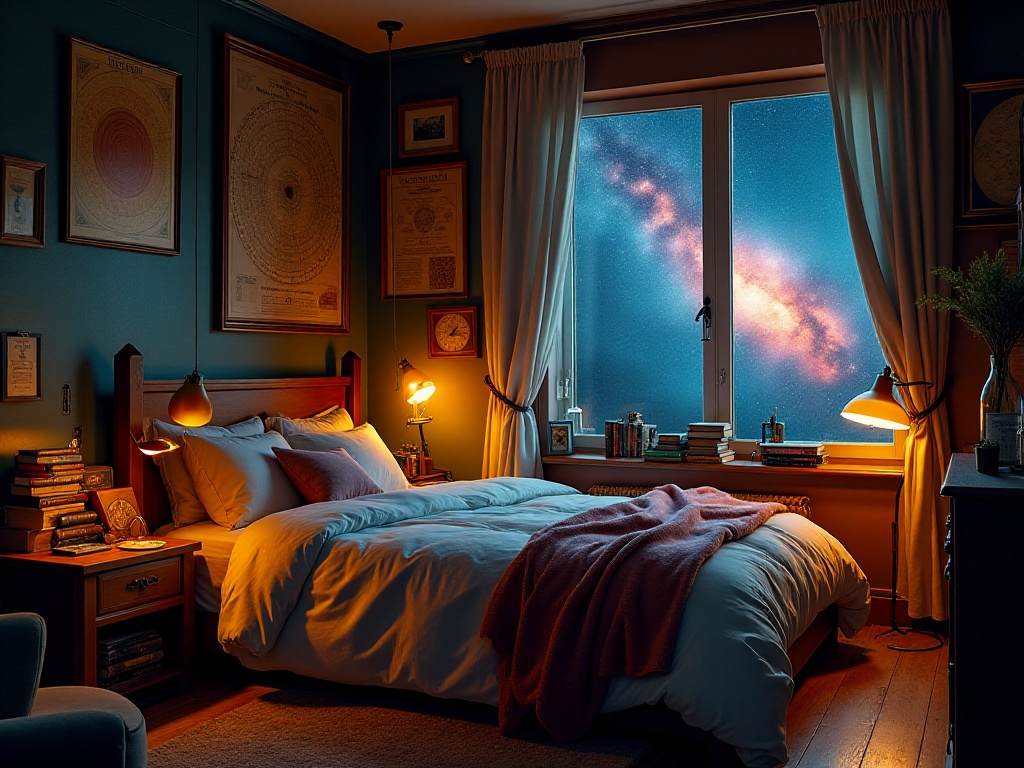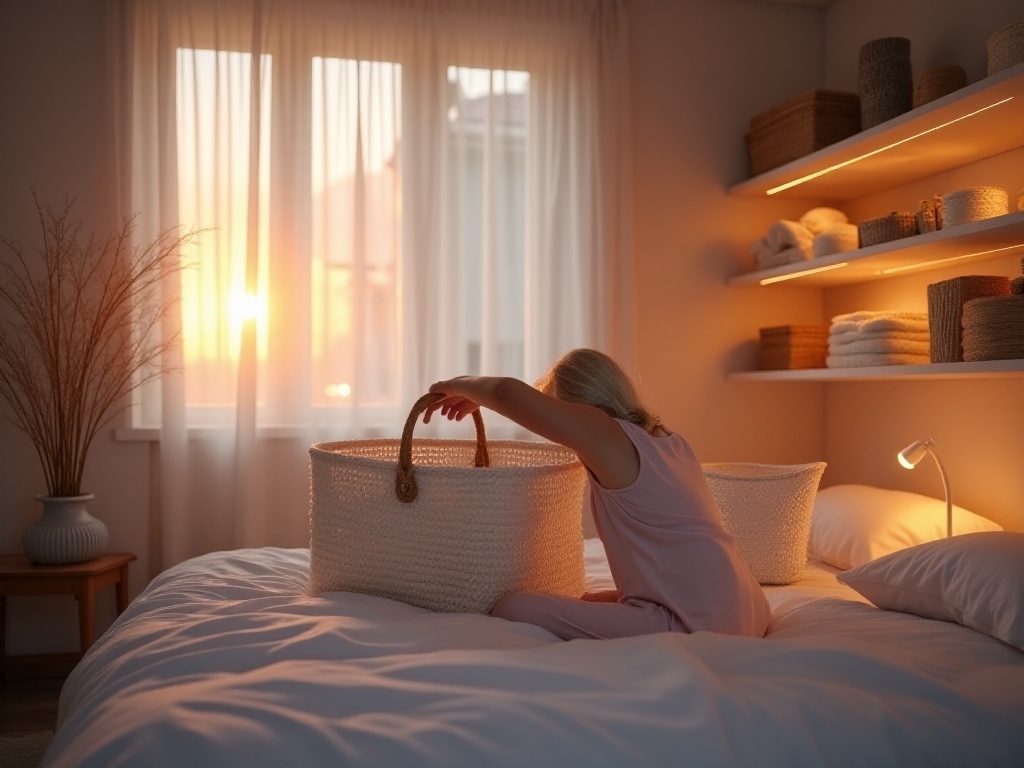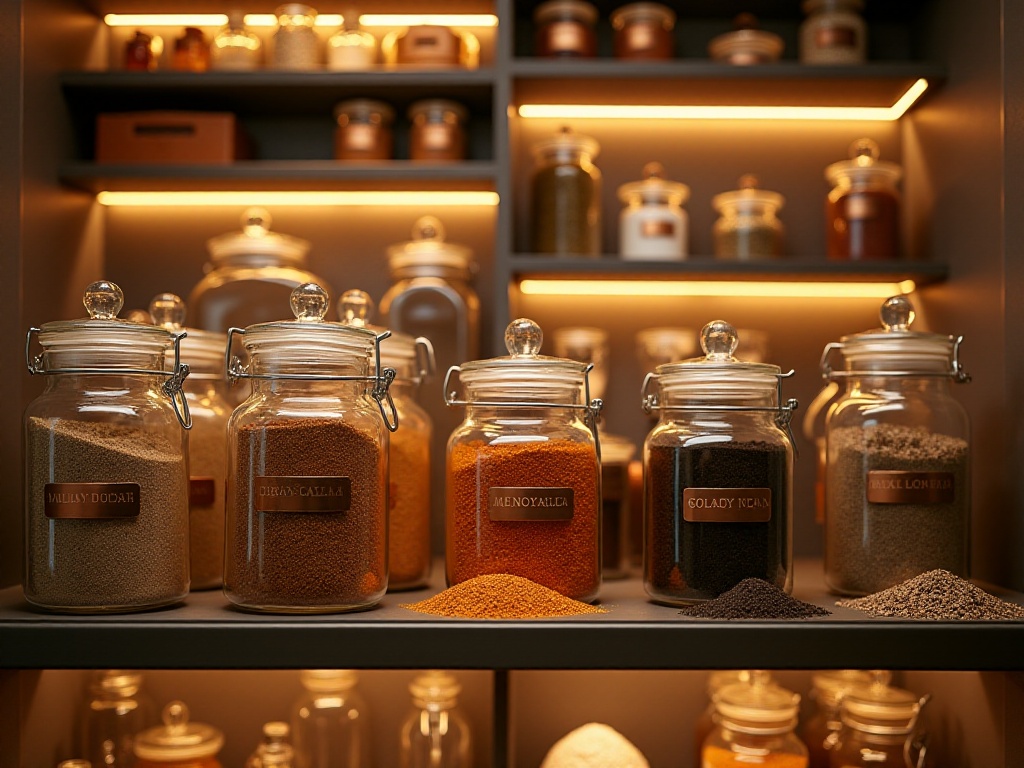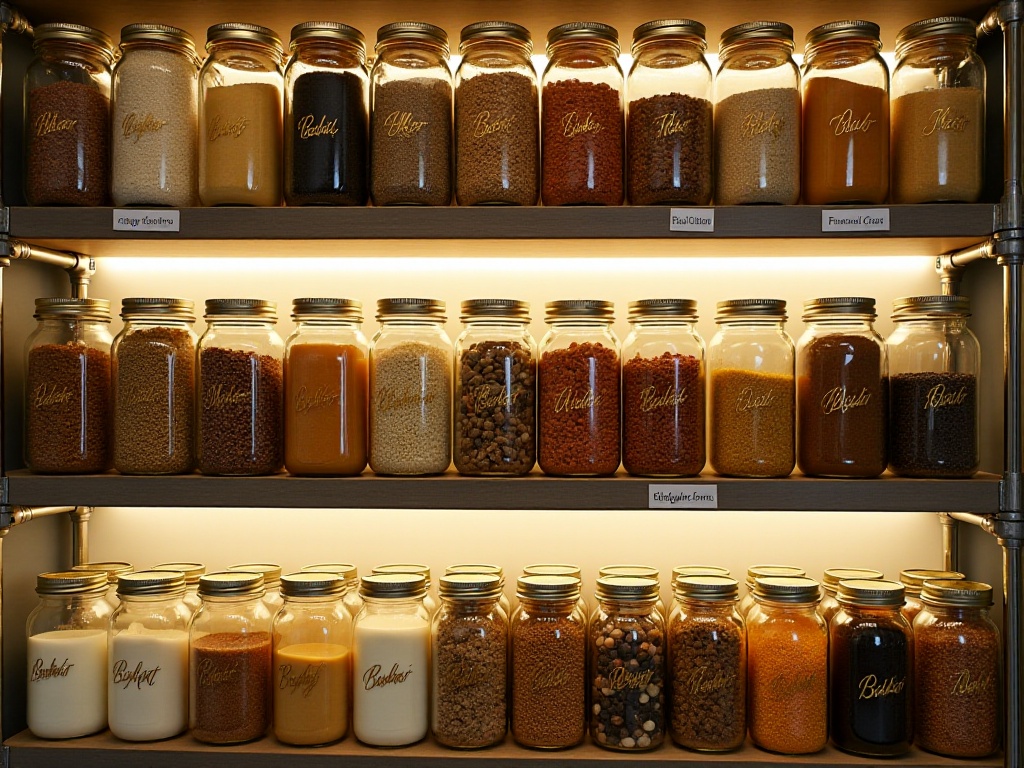Introduction
I believe many of you, like me, are shocked by the "disaster" every time you open your door. Clothes casually thrown over chair backs, delivery boxes and snack bags piled on the desk, today's clothes scattered on the bed, and several pairs of shoes lying around on the floor. Looking at this mess, you just want to close the door and pretend you didn't see it! As someone who has been called "messy" by my mom since childhood, I truly understand this feeling of helplessness. But after years of exploration and trial, I finally found a storage system that works for me, and it's super effective! Today I'd like to share my journey and practical tips with you.
Time Management
To be honest, at first I was also overwhelmed by the clutter in my room, having no idea where to start. It felt as hopeless as trying to eat an elephant whole. Later, I realized something: rather than trying to clean the entire room perfectly at once, it's better to do a little bit each day. So I set myself a small goal: spend 10 minutes tidying up before bed every day.
When I first started this plan, I often made excuses to avoid it. Thoughts like "I'm too tired today, I'll do it tomorrow" or "Just this once, I'll clean up after I wake up" kept running through my mind. But when I actually stuck to it, I discovered that this habit brought incredible changes.
Now every night after showering, I consistently spend these 10 minutes doing a few things: sorting out changed clothes, folding clean ones back into the wardrobe, throwing dirty ones in the laundry basket; clearing garbage from the desk, throwing away what needs to be discarded and storing what needs to be kept; picking up things from the floor and putting them in their place, especially shoes, which must be arranged neatly.
After sticking to it for a while, I was amazed to find that 10 minutes can accomplish a lot. And because I do it every day, the room never gets too messy to clean. Even better, this habit has now completely integrated into my life, as natural as brushing teeth and washing my face. Sometimes even when I'm exhausted, I still reflexively want to tidy up when I see a messy room.
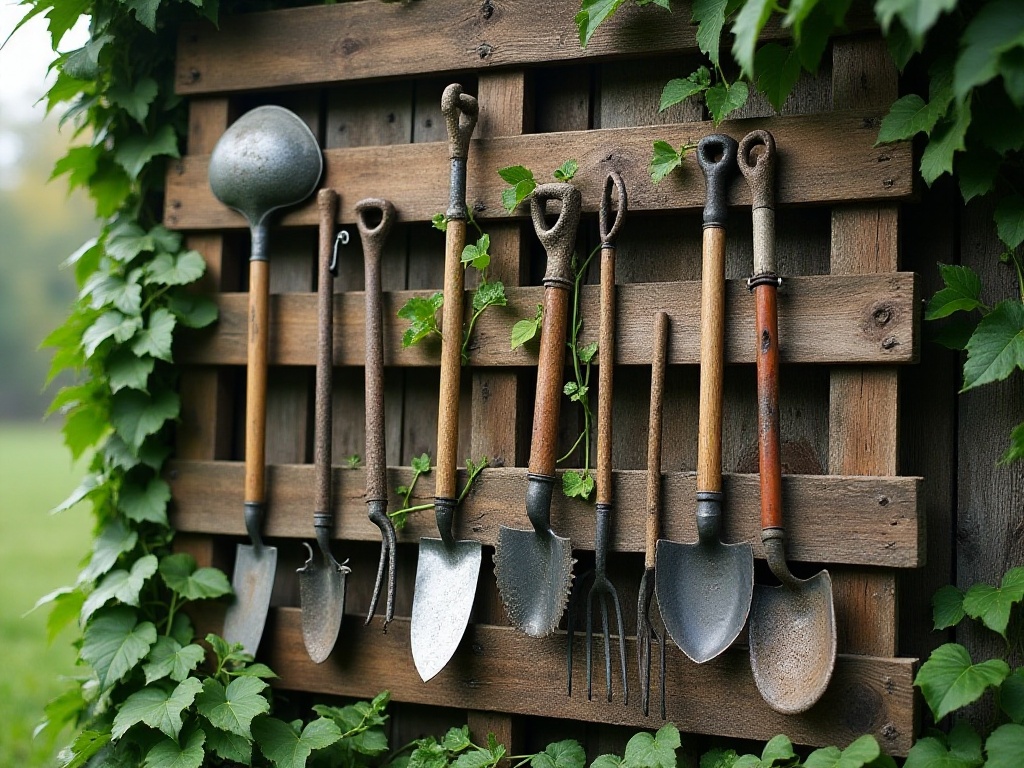
Shopping Guidelines
If you ask what the biggest enemy of storage is, it must be "buying, buying, buying." I used to be a complete "hoarding expert," wanting to buy anything I liked, and completely unable to resist items on sale. As a result, my home was filled with unused things that not only took up space but were also very difficult to organize.
After learning from this painful experience, I established a "three-question" rule for myself. Before buying anything new, I must ask myself three questions:
The first question is: "Is this truly necessary?" Not "want," but "need." For example, I once saw a super cute storage box and wanted to put it on my desk. But thinking carefully, although the current one isn't as cute, it works perfectly fine, so there's no need to buy another one.
The second question is: "Do I have something similar at home that could serve the same purpose?" This question has saved me quite a bit of money. Once I almost bought a special makeup brush holder, but then realized that an unused pen holder at home could perfectly hold makeup brushes, saving money and being environmentally friendly.
The third question is: "If I buy something new, what will I do with the old one?" This question is particularly useful, especially when buying clothes. If you want to buy a new coat, you need to think about what to do with similar styles already in your wardrobe. If you can't answer this, you probably don't need to buy a new one.
Let me share a personal experience. Last month, I saw a really nice trench coat on Taobao, stylish and reasonably priced. I had already added it to my cart, but thinking about the "three-question" rule, I started to seriously consider. First, I already have several trench coats, so this new one isn't really necessary; second, my current trench coats fully meet my needs; finally, if I bought a new one, I would definitely still wear the old ones since they were all carefully selected. After realizing these points, I deleted the item from my cart.
Most amazingly, when I checked my cart a week later, I found I no longer wanted that trench coat at all. This made me realize that many shopping desires are just momentary impulses that quickly pass if you resist them. Now my shopping cart often has many items, but I might only end up ordering about one-tenth of them. The money saved can be used to buy more necessities or saved for travel funds, which is much better!
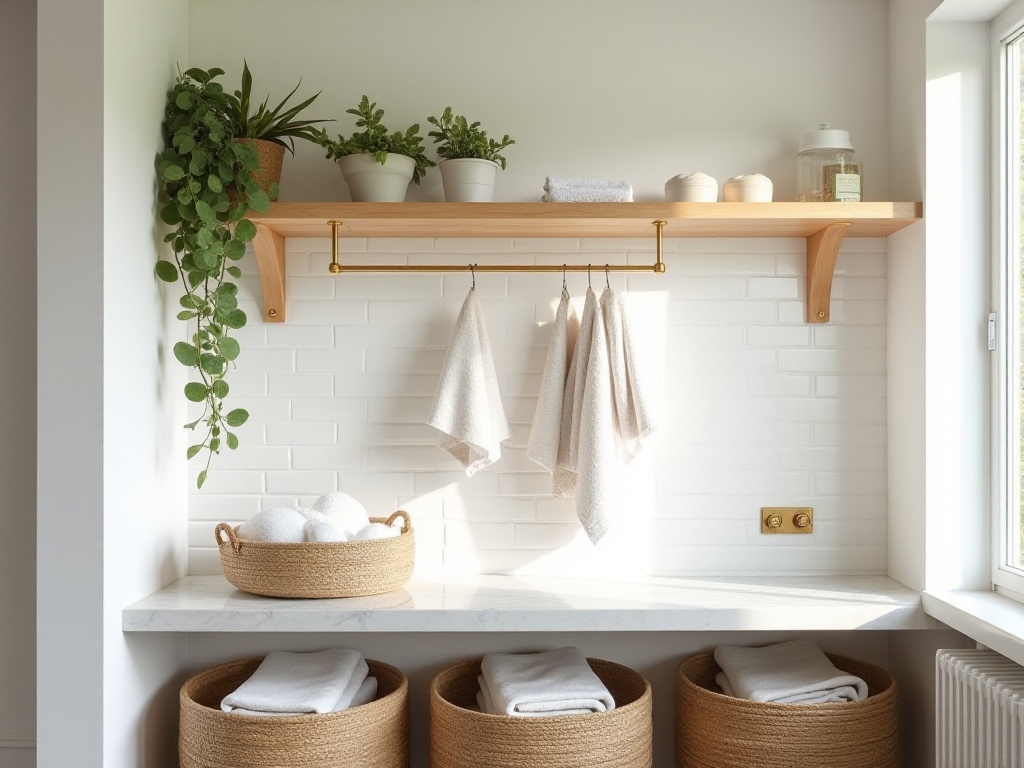
Space Planning
When it comes to storage, space utilization is crucial. Especially for small rental units like mine, it's essential to make the most of limited space. After multiple attempts and improvements, I found that the most effective method is to fully utilize vertical space.
Initially, most of my walls were empty, which seemed wasteful. Later, I bought some cheap shelves and hooks online, had the property maintenance staff help install them on the weekend, and suddenly, as if by magic, I had much more storage space.
My kitchen is a good example. Previously, spatulas, colanders, and other utensils were stuffed in drawers, making it really troublesome to find things when needed. Now I've installed a stainless steel rack on the wall next to the stove, where frequently used tools are hung, making them easily accessible and looking stylish too.
The bathroom renovation was also successful. I installed a folding clothes rack on the wall, which takes up no space when folded but can be expanded when needed for drying underwear and small items. Next to it, I installed a shelf for shower gel, shampoo, and such, avoiding cluttering the sink counter and preventing bottles from being scattered everywhere.
I didn't spare the bedroom walls either. Above the bed, I installed a small shelf for frequently read books and phones; several beautiful hooks on the wall next to the wardrobe for hanging bags and hats; and a cork board behind the desk for pinning reminders and pretty postcards.
These modifications sound simple, but they've really made the home much neater. Plus, since everything has a fixed place, it's much easier to find things. Most importantly, these storage designs are very practical, not just for looks, so they're effortless to maintain.
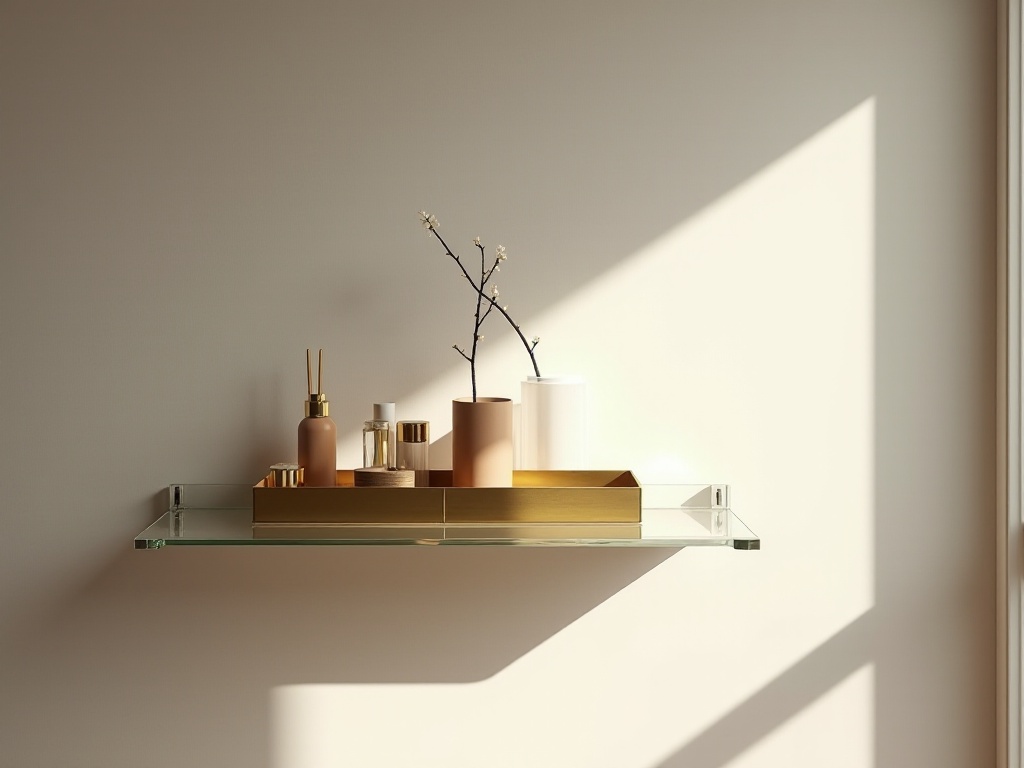
Categorized Storage
Categorized storage sounds professional, but it's really just about keeping things that are often used together in the same place, making life more convenient. My current categorization method is completely summarized from practical experience, not at all rigid.
Take my kitchen for example. I've divided it into several zones: food prep area, cooking area, cleaning area, etc. The prep area is next to the sink, with cutting boards, knives, and seasonings; the cooking area is around the stove, with utensils hanging within reach; the cleaning area includes the sink plus dishwashing liquid, scrubbers, and cleaning cloths. After this zoning, the cooking workflow is much smoother, and I no longer need to run back and forth like before.
I applied the same planning to my desk. Frequently used stationery and notebooks are in the right drawer, within easy reach; less frequently used files and documents are in the left drawer; computer peripherals like data cables and portable hard drives are all in a dedicated storage box.
Speaking of power cords, I have a particularly useful tip. I keep the plastic closure tabs from bread bags and use them to label various electrical cords. For example, a red one for the computer charger cord, a blue one for the monitor cord, so they never get mixed up anymore. This method is super economical and really effective.
Wardrobe categorization is also crucial. My current wardrobe is categorized by occasion: work clothes, casual clothes, and sportswear each have their own area. Within each area, items are further subdivided by type: tops, pants, and skirts separately. This makes changing clothes much quicker, with no need to rummage around.
For jewelry and accessories, I use a transparent storage box divided into several small compartments. Necklaces, bracelets, and earrings each have their own section, making everything visible at a glance and preventing tangling. Choosing accessories has become much easier, no more digging through a jumbled mess of items.
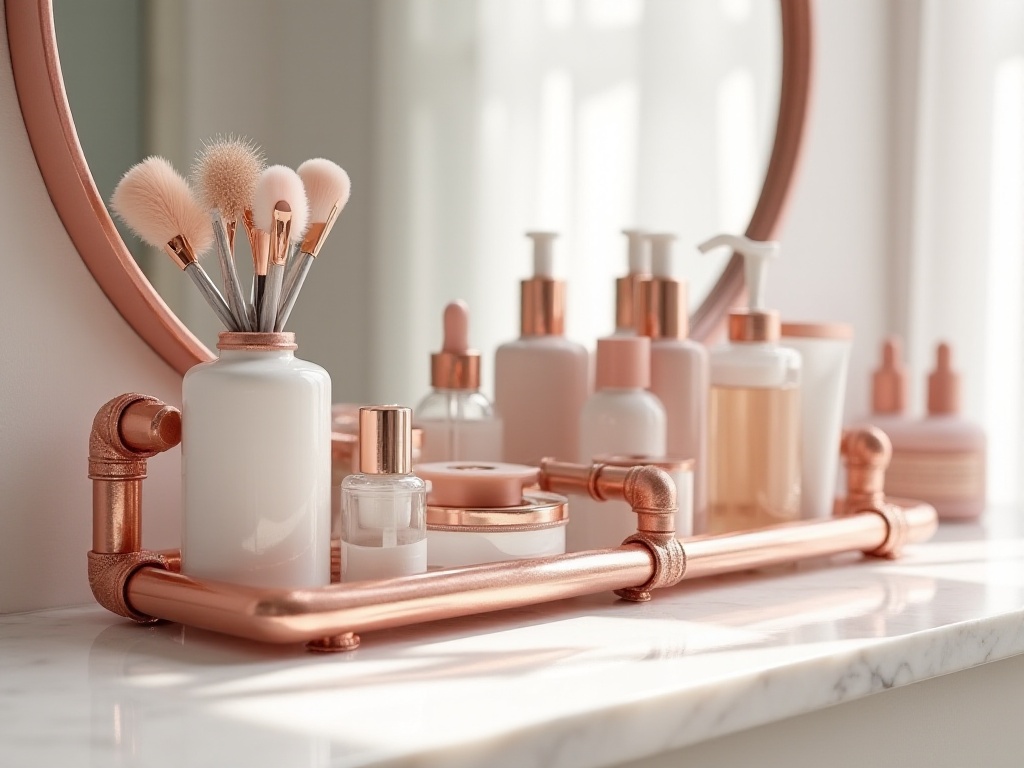
Creative Storage
Honestly, storage doesn't need to cost much money; the key is to think creatively. Many seemingly useless items can be repurposed.
For example, I discovered that old magazine racks are perfect for storing plastic wrap and aluminum foil in the kitchen. These items are messy when laid flat and hard to access when stored vertically, but they fit perfectly in magazine racks - just pull out what you need and put it back easily.
There's also a trick to storing bedding. I used to have trouble finding matching sheets and pillowcases, but now I fold the entire set and store it inside one of its pillowcases. When it's time to change the bedding, everything is ready to use, no more searching around.
I kept my shoe boxes and use them to store seasonal items. For example, summer clothes that aren't currently needed are neatly folded into shoe boxes, labeled, and stored on the top shelf of the wardrobe. When needed, just bring the box down.
Old jewelry boxes can be used to store stationery, with the small compartments perfect for organizing paper clips, thumbtacks, and other small items. These used to be scattered in drawers, but now they're neat and easily accessible.
I particularly like using transparent glass jars for storing dry goods in the kitchen. Pouring rice, noodles, and dried beans into them not only keeps them dry but also looks stylish. Adding labels with contents and expiration dates makes them both practical and attractive.
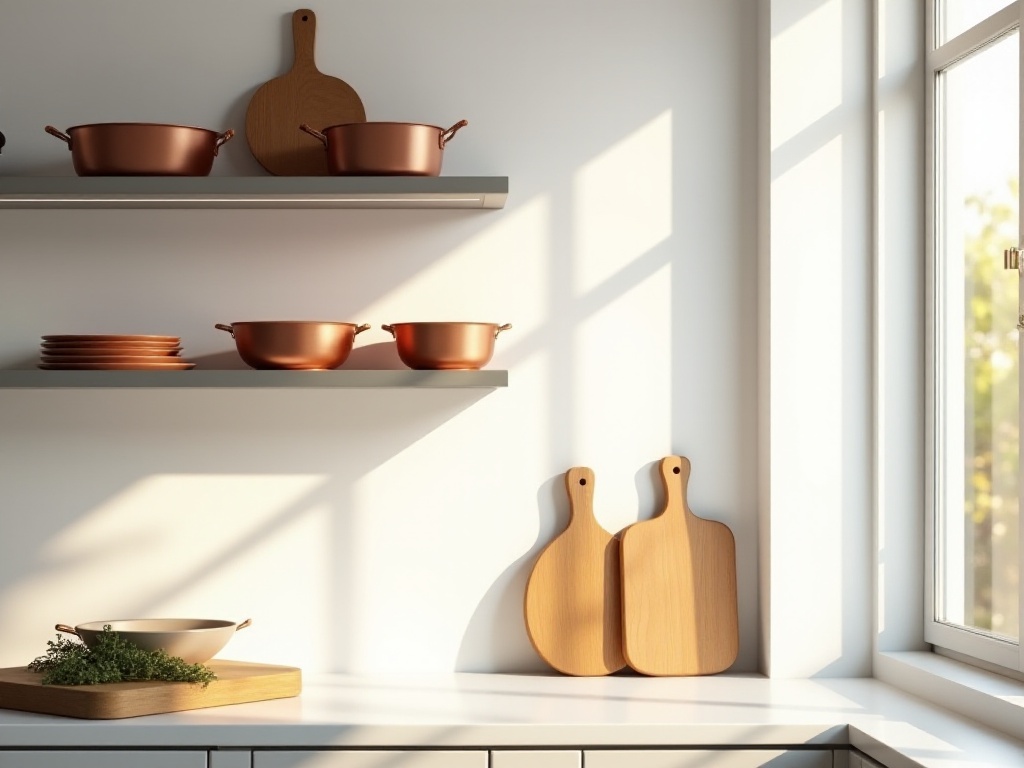
Results Sharing
Looking back on this storage journey, I really feel a sense of achievement. I used to be terrible at organization, dropping things anywhere and spending several minutes searching when I needed something. Now my home is orderly, and I know exactly where everything is.
The most obvious change is in time management. Previously, just finding something might take several minutes, but now I can immediately locate whatever I need. Getting ready for work in the morning is particularly easy, with no more rushing around because I can't find things.
The emotional change is also significant. Before, seeing a messy room would feel overwhelming, but now opening the door to a tidy environment instantly improves my mood. Plus, because everything is organized neatly, cleaning has become much easier, no longer feeling like a huge chore.
Most importantly, I've discovered that the process of organizing itself can be enjoyable. It's like playing an organization game - there's an inexplicable satisfaction in transforming a chaotic space into an orderly one. Now I even look forward to my nightly organizing time, as it's the most relaxing moment of the day.
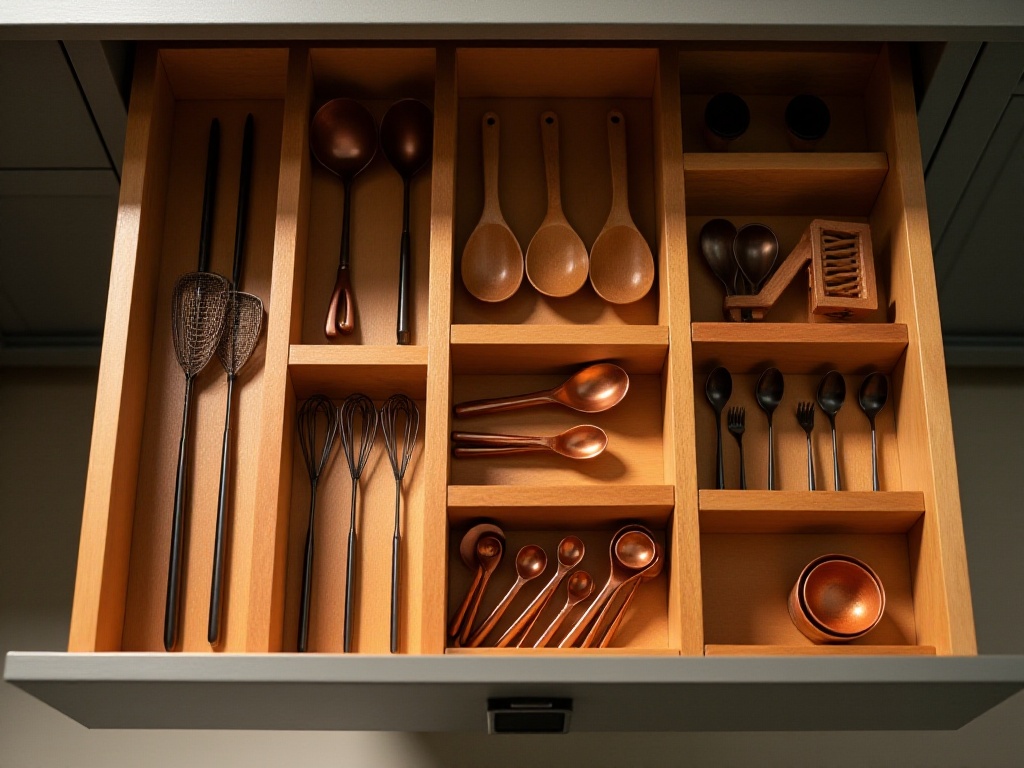
Final Advice
Actually, organization isn't that difficult; the key is to start small and progress gradually. Don't expect to organize everything perfectly at once, as that's likely to lead to giving up halfway.
I suggest starting with the 10-minute bedtime cleanup to gradually develop an organization habit. Once this habit is established, then consider more detailed storage solutions. When shopping, think carefully about whether you really need new items and whether existing items could be better utilized.
Finally, I want to say that the ultimate goal of storage isn't to create a perfect showroom, but to create a space that suits your lifestyle. As long as it improves life efficiency and makes you feel happy, it's a good storage solution.
I hope everyone can find their own suitable storage method to make life easier and more enjoyable. A tidy environment not only makes work and study more efficient but more importantly, makes us feel better. Start with 10 minutes of organizing today, and gradually make changes!


